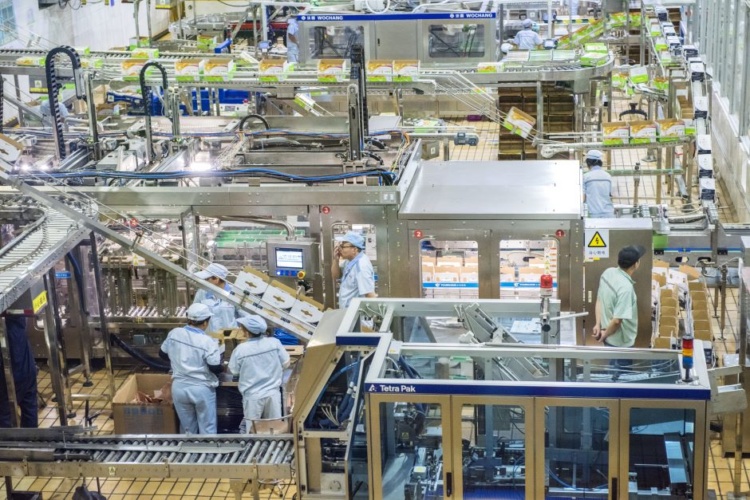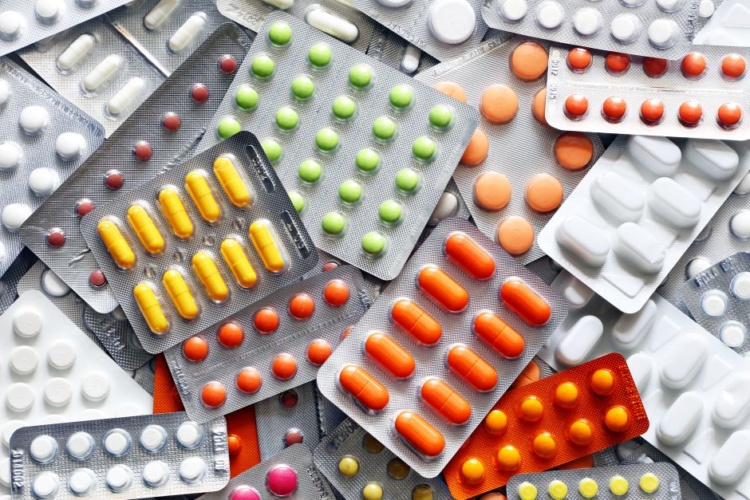Traditionally, products ranging from food and beverages to medicines and cosmetics have undergone inspection during the production process to ensure they are free of foreign bodies. But the latest X-ray inspection technology can do so much more than detect a fragment of metal or glass in a box of fish fingers or a packet of tablets.
Has a product got the correct amount of filling, for example – and is it evenly distributed? Are there any missing or damaged items in a multipack? Are there dangerous bubbles of air in a drug-device combination product? All these questions – and more – are now being answered in real time, without disrupting traditional factory procedures.
The technology can be used to check the mass of a product, for example, to ensure it meets weight requirements – and also the individual masses of a series of items within a pack. So it can check that a box of chocolates has the right chocolates in the correct positions – and that each doughnut is filled with the right amount of jam. It can also detect and reject a steak pie with less filling than the others in a pack, even if some of the others have slightly too much filling.
The inspection settings can also be optimised for the different zones within packaging. A chocolate chip cookie, for example, contains relatively dense pieces of chocolate – so the contaminant parameters for that section of a biscuit box insert will need to be detuned. The zone containing rich tea biscuits, however, has no such requirement – so maximum sensitivity can be maintained.

Image processing software now also provides the tolerance levels required to deal with the variable shape and thickness of glass containers. The technology can cope with the thick glass often found at the base of glass jars, along with tapered shapes, ridges, and bulges. So it can detect shards of glass within glass cosmetic containers, for example, as well as checking that bottles are filled to the correct level.
The presence of bubbles in a fluid within a container can also be detected. The bubbles might be unwanted – if they affect the quality of the product or if the packaging has an aerosol attachment. Or the bubbles might be required – in a mousse, for example. In each case, product quality can be confirmed.
Millions of people who rely on regular medication take it for granted that when they open a new box of drugs there will be one tablet in each section of the blister pack. But think about it for a moment and you'll realise that's no mean feat. Checking there are no extra, missing or incorrect tablets in a sealed blister pack on a high-speed factory production line is easier said than done. And you need to be sure each pack contains a leaflet giving the instructions for use (IFU) – as it's a regulatory requirement.

The latest X-ray systems combine low-energy X-ray imaging with active pixel sensor (APS) technology to achieve high sensitivity – with resolutions 10 times greater than traditional end-of-line X-ray machines. That means they can detect not only missing or broken tablets – with an inspection zone created around each tablet pocket – but also contaminants such as metal, even though the products are packaged in metallic blister packs. The technology can even detect paper inside cardboard – using adaptive algorithms to check that each box contains an IFU leaflet to ensure regulatory compliance.
The technology can also perform quality checks on drug delivery devices such as autoinjectors – ensuring the needles are in the correct position and that other parts of the device mechanism are within position tolerances. It can even cope with the challenge of subcutaneous osmotic insulin pumps, where the drug is packaged in a hollow titanium rod and it is vital there are no bubbles, which might cause the flow of insulin to be interrupted. The radiography is challenging as it involves inspecting organic material with air voids through a machined titanium enclosure. But techniques such as mechanical stabilisation and combining multiple image sets can be used to enhance the feature contrast.
As we increasingly rely on factory production lines for all aspects of our lives, it's good to know that a new generation of X-ray inspection technology is keeping an eye on things.
Dr Richard Parmee, founder and CEO of Sapphire Inspection Systems










Water Sector Talent Exodus Could Cripple The Sector
Well let´s do a little experiment. My last (10.4.25) half-yearly water/waste water bill from Severn Trent was £98.29. How much does not-for-profit Dŵr...